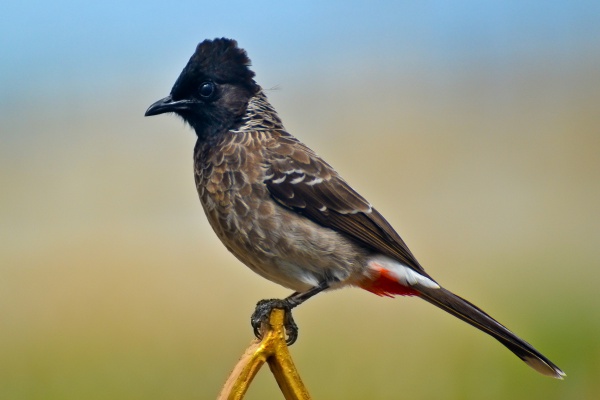Facts About Red-vented bulbul
The red-vented bulbul is a vibrant bird native to the Indian subcontinent, encompassing regions like Sri Lanka, Tibet, and Burma. Over time, it has spread to various parts of the globe, establishing itself on Pacific islands, in the United Arab Emirates, the United States, and even Argentina. Unfortunately, it is also notorious for being one of the top 100 worst invasive species worldwide.
This bird was first described in 1760 by a French zoologist named Brisson, who mistakenly believed it originated from South Africa. Later, Linnaeus corrected this error, naming it Turdus cafer. Today, the red-vented bulbul is classified under the genus Pycnonotus, with eight recognized subspecies distributed across different regions.
Identifying a red-vented bulbul is quite straightforward owing to its distinctive features: a short crest, dark brown body with a scaly pattern, black head, white rump, and its characteristic red vent. Its plumage can vary based on its habitat. The bird's diet includes fruits, nectar, insects, and occasionally even house geckos. For nesting, these birds prefer bushes or cavities and lay small clutches of eggs.
Red-vented bulbuls are notably vocal, recognized for their unique calls. They play a vital role in seed dispersal and are hosts to various blood parasites and ectoparasites. Intriguingly, they have been found to impact butterfly populations in some regions.
These birds thrive in a variety of habitats, such as dry scrub, open forests, plains, and cultivated lands. They have been introduced to locations like Hawaii, Fiji, and Samoa, where they sometimes cause damage to fruit crops. Their behavior, ecological roles, and breeding habits make them highly adaptable and successful in diverse environments.

 Laos
Laos